Walk into any specialty coffee shop in Seattle, New York, or Los Angeles today, and you’ll likely find Vietnamese coffee on the menu. From the iconic cà phê sữa đá to single-origin beans from Da Lat, Vietnamese coffee has captured the attention of coffee enthusiasts worldwide. But is Vietnamese coffee actually good, or is it just another trendy coffee origin riding a wave of social media popularity?
The short answer? Vietnamese coffee isn’t just good—it’s exceptional. And there are compelling reasons why this Southeast Asian nation has become the world’s second-largest coffee producer, accounting for nearly 20% of global coffee production. Let’s explore what makes Vietnamese coffee so special and why it deserves a place in your daily routine.
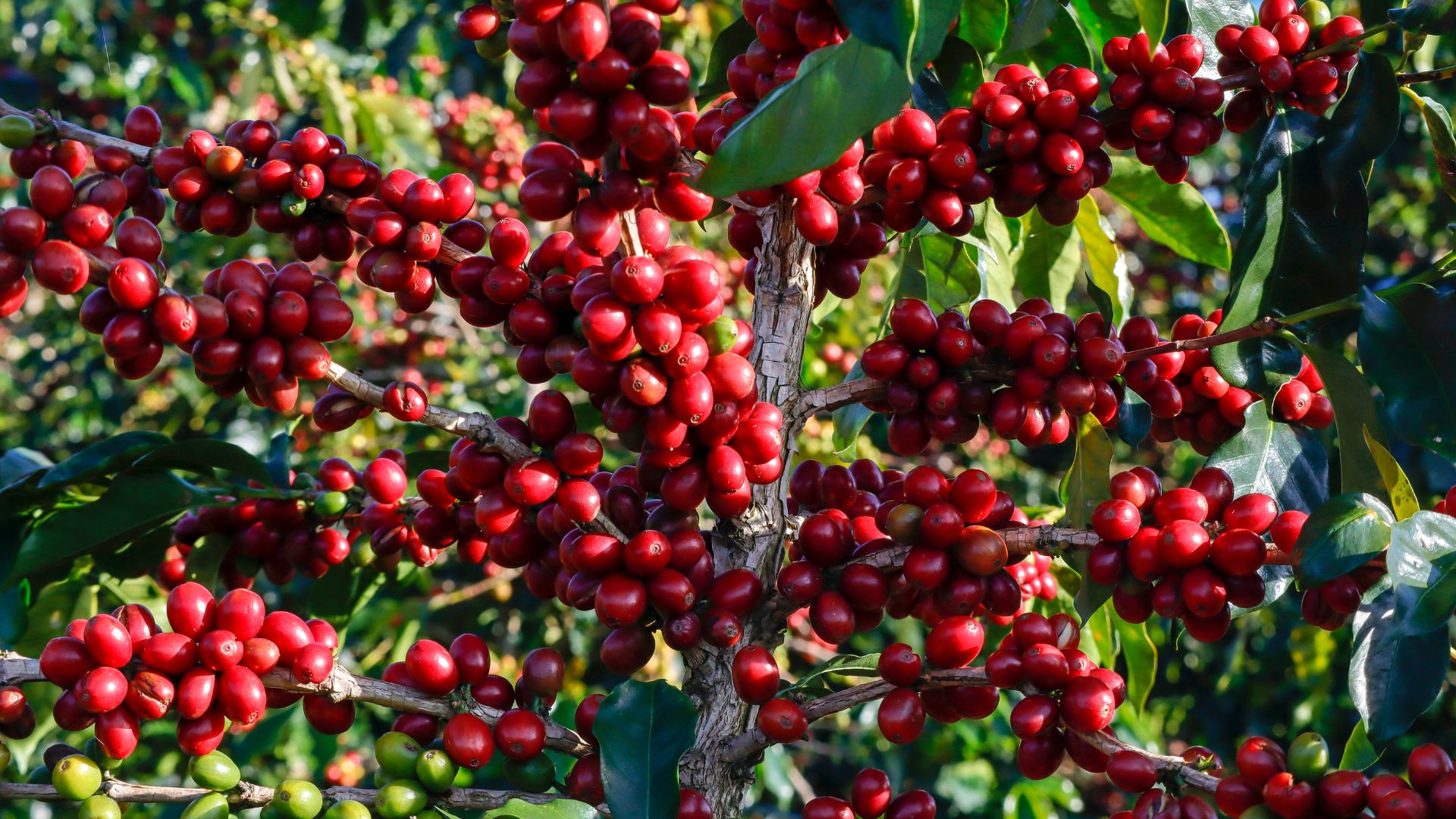
What makes Vietnamese coffee different from other origins?
Vietnamese coffee stands apart from other coffee-producing regions in several fundamental ways. Unlike many coffee origins that focus primarily on Arabica beans, Vietnam has mastered the art of growing exceptional Robusta coffee, representing about 95% of the country’s coffee production.
This isn’t by accident. Vietnam’s unique geography—with its Central Highlands region featuring rich red volcanic soil, consistent temperatures between 18-25°C, and well-distributed rainfall—creates ideal conditions for robusta cultivation. The provinces of Dak Lak, Gia Lai, and Lam Dong have become coffee powerhouses, producing beans with distinctive flavor profiles that you simply can’t find elsewhere.
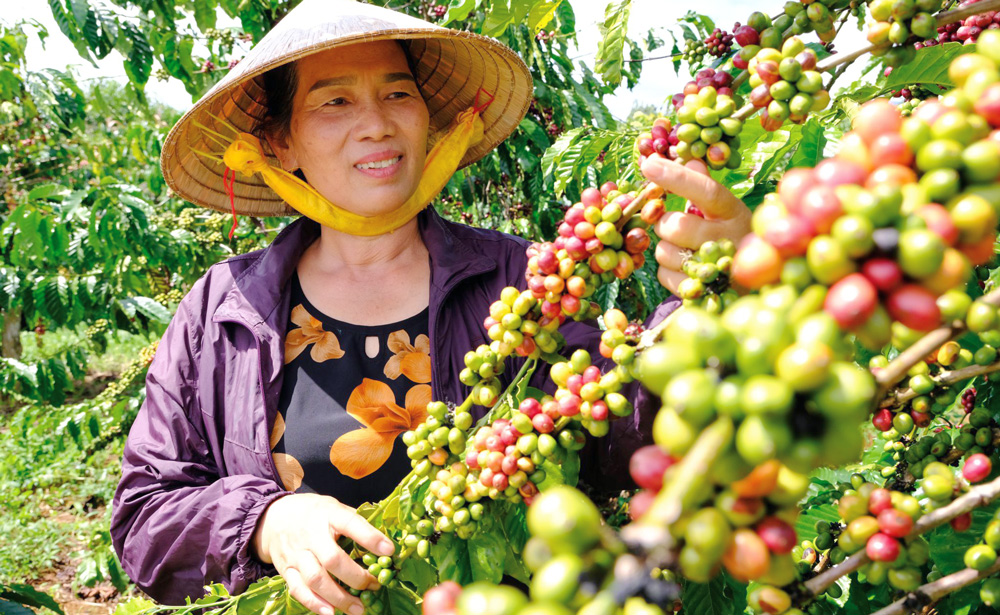
But Vietnamese coffee quality goes beyond just the robusta variety. The country also produces premium arabica in regions like Da Lat and Sa Pa, where higher altitudes and cooler temperatures create the perfect environment for this more delicate species. These arabica beans offer bright acidity and complex floral notes that rival those from renowned origins like Ethiopia or Colombia.
What truly sets Vietnamese coffee apart, however, is the processing method. Many Vietnamese farmers use a unique wet-processing technique combined with extended fermentation periods that develop deep, chocolatey flavors with minimal acidity. This processing creates coffee that’s both bold and smooth—a combination that’s surprisingly rare in the coffee world.
Is Vietnamese coffee healthy?
When examining whether Vietnamese coffee is healthy, we need to look beyond general coffee benefits and focus on what makes Vietnamese varieties unique from a health perspective.
Robusta beans, which dominate Vietnamese production, contain significantly higher levels of chlorogenic acids compared to arabica. These powerful antioxidants have been linked to improved glucose metabolism, reduced inflammation, and better cardiovascular health. A typical cup of Vietnamese robusta contains about 7-10% chlorogenic acids, compared to 4-5% in arabica varieties.
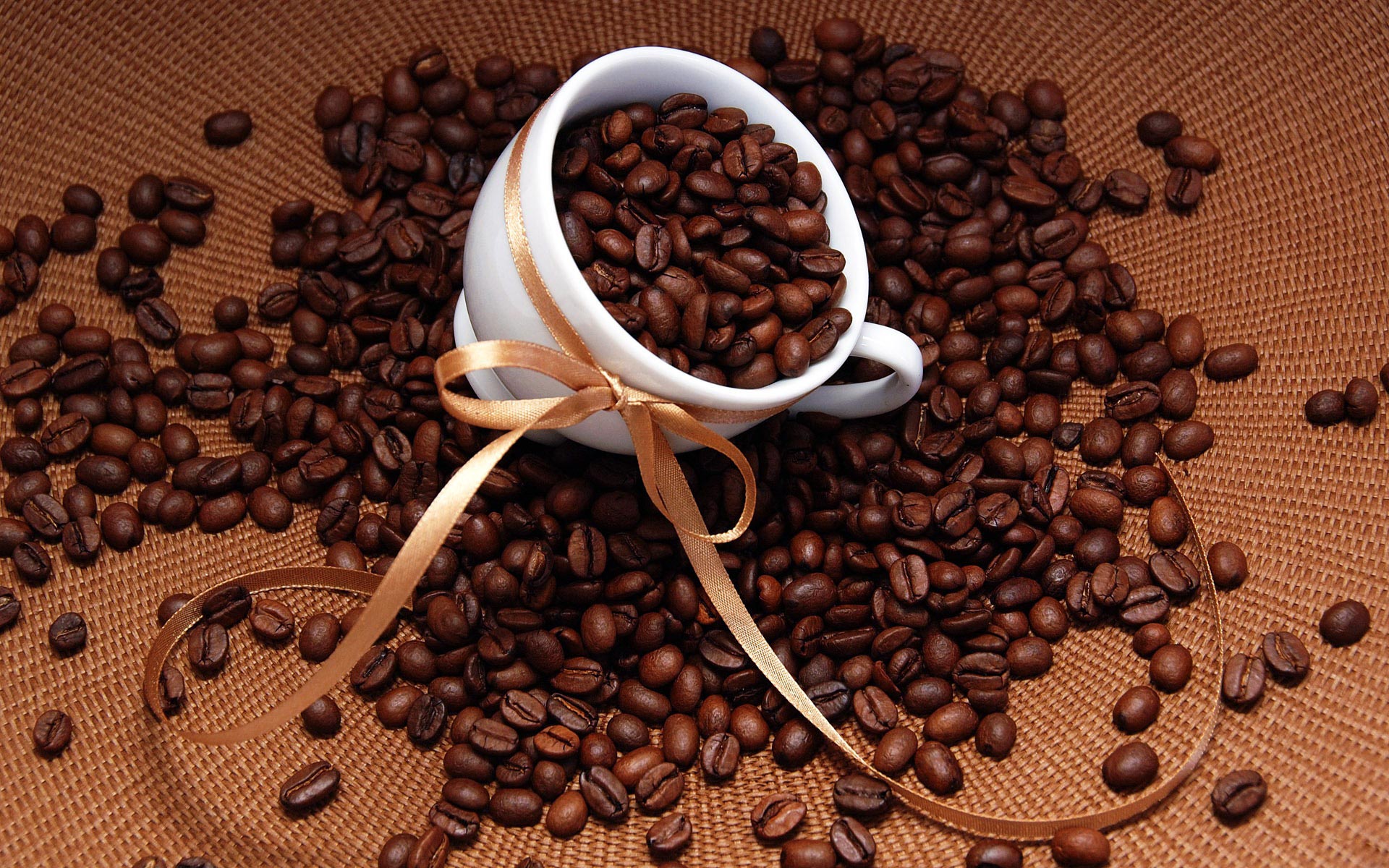
The higher caffeine content in Vietnamese robusta—typically 2.2-2.7% compared to arabica’s 1.2-1.5%—means you’ll get a more sustained energy boost without the jittery effects often associated with high-caffeine beverages. This is because robusta’s unique alkaloid profile includes higher levels of trigonelline, which helps modulate caffeine absorption.
Vietnamese coffee also tends to be naturally lower in acidity (pH 5.5-6.0 versus arabica’s 4.8-5.1), making it gentler on your digestive system. This is particularly beneficial for people with acid reflux or sensitive stomachs who want to enjoy coffee without discomfort.
Additionally, traditional Vietnamese brewing methods using the phin filter create a concentrated extraction that maximizes antioxidant content while minimizing the extraction of potentially harmful compounds that can occur with high-temperature brewing methods.
However, it’s important to note that the health benefits depend significantly on how you prepare and consume your Vietnamese coffee. The popular cà phê sữa đá preparation with sweetened condensed milk adds considerable sugar and calories, which can offset some health benefits if consumed regularly.
Why is Vietnamese coffee so good?
Vietnamese coffee tastes amazing for several scientific reasons:
- Perfect Location: Vietnam sits at the ideal latitude for coffee (10-15°N). The volcanic soil is rich in potassium, phosphorus, and magnesium. These minerals create the nutty and chocolate flavors Vietnamese coffee is known for.
- Climate: Vietnam has distinct wet and dry seasons. Coffee cherries mature slowly and evenly. This develops complex sugars and acids. The dry season concentrates these compounds. You get beans with intense flavor.

- Traditional Growing: Vietnamese farmers use shade-growing methods passed down for generations. They plant coffee under native trees like jackfruit and avocado. These trees protect the coffee plants. They also add organic matter to soil. This makes flavors more complex.
- Monsoon Processing: Vietnamese coffee goes through unique “monsoon processing.” Beans get exposed to humid monsoon winds while drying. This natural fermentation creates deep, earthy flavors. It also reduces acidity. You can’t replicate this process artificially.
- Slow Brewing: The traditional phin filter takes 4-6 minutes per cup. This slow extraction gets all the good flavors. It avoids bitter compounds. You get concentrated coffee that’s flavorful, not harsh.
How is the quality of Vietnamese coffee compared to the world?
When we examine Vietnamese coffee quality on a global scale, the results might surprise you. While Vietnam has historically been associated with commodity-grade coffee, the specialty coffee movement has revealed the exceptional potential of Vietnamese beans.
Recent cupping scores from international coffee competitions show Vietnamese specialty lots scoring 82-86 points on the Specialty Coffee Association scale—well above the 80-point threshold for specialty grade. These scores put top Vietnamese coffees in the same league as celebrated origins like Jamaica Blue Mountain or Hawaiian Kona.
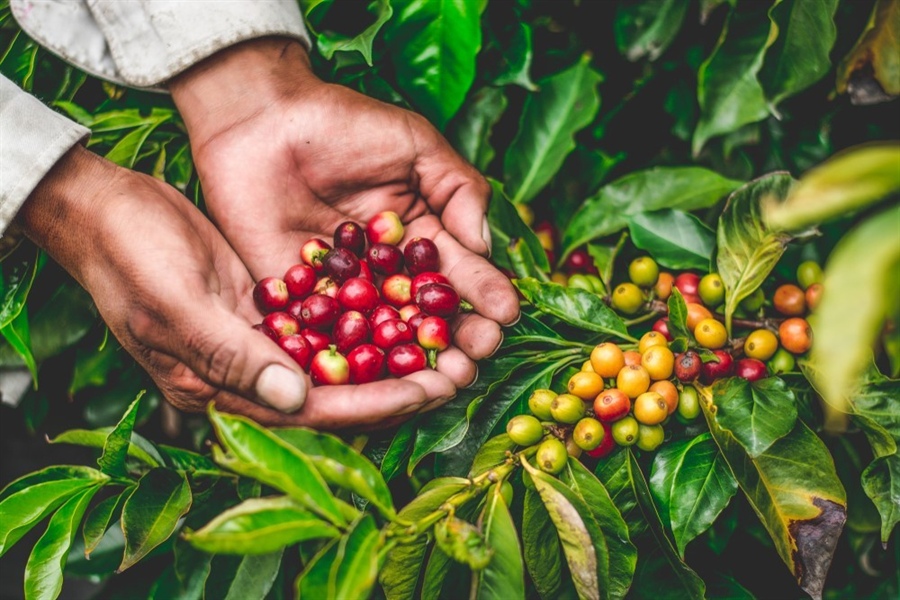
The Cup of Excellence program, which recently expanded to include Vietnam, has showcased remarkable Vietnamese coffees with complex flavor profiles ranging from dark chocolate and hazelnut to tropical fruit and floral notes. The 2024 winner, a honey-processed arabica from Lam Dong province, scored an impressive 87.2 points with notes of brown sugar, orange zest, and jasmine.
Vietnamese robusta quality has also evolved dramatically. Premium Vietnamese robusta now commands prices similar to commercial-grade arabica, thanks to careful cultivation and processing. These high-quality robusta beans offer a completely different experience from the harsh, bitter robusta typically found in instant coffee blends.
Quality control has improved significantly across Vietnamese coffee farms. Many producers now use moisture meters, density sorting, and other modern techniques to ensure consistency. The Vietnam Coffee Coordination Board has also implemented stricter grading standards that align with international quality expectations.
Perhaps most telling is the growing demand from international coffee roasters. Companies like Blue Bottle, Intelligentsia, and local specialty roasters worldwide now feature Vietnamese single origins on their menus—something that was virtually unheard of just a decade ago.
Is Vietnam coffee good for different brewing methods?
Vietnamese coffee’s versatility across brewing methods is one of its strongest attributes, though each method reveals different aspects of these remarkable beans.
- Phin Filter (Traditional Method): This slow-drip method remains the gold standard for Vietnamese coffee preparation. The phin’s fine holes and gravity-fed extraction create a concentrated coffee that perfectly balances Vietnamese coffee’s inherent boldness with smooth drinkability. Brewing time of 4-6 minutes allows full flavor extraction without bitterness.
- Espresso: Vietnamese robusta excels in espresso preparation, producing rich crema and intense flavor that cuts beautifully through milk. The natural chocolate and nut notes complement milk-based drinks perfectly, while the higher caffeine content ensures a proper wake-up call. Many specialty coffee shops now offer Vietnamese robusta as an espresso option for customers seeking something different from traditional arabica blends.

- French Press: The full-immersion brewing of French press allows Vietnamese coffee’s complex flavors to fully develop. Use a coarser grind than you might expect—Vietnamese beans are dense and extract quickly. A 4-minute steep time produces a full-bodied cup with pronounced chocolate and earthy notes.
- Pour-Over (V60, Chemex): While less traditional, pour-over methods work exceptionally well with Vietnamese arabica varieties from higher-altitude regions. Use water around 195°F (slightly cooler than typical) and a medium-fine grind. The clean extraction highlights the floral and fruit notes often hidden in more robust brewing methods.
- Cold Brew: Vietnamese coffee shines in cold brewing applications. The extended extraction time mellows any potential harshness while concentrating the chocolate and nut flavors. Vietnamese cold brew often requires less sweetener than other origins due to the natural sweetness that develops during the long steeping process.
- Moka Pot: The pressure-based extraction of moka pots complements Vietnamese coffee’s bold character. The result is similar to strong espresso, perfect for milk drinks or enjoying straight for those who prefer intense coffee flavors.
Why Vietnamese coffee tastes so authentic?
Understanding Vietnamese coffee requires appreciating the cultural context that shaped its development. Coffee culture in Vietnam isn’t just about the beverage—it’s about community, patience, and savoring life’s simple pleasures.
The French introduced coffee to Vietnam in the 1850s, but Vietnamese farmers and coffee artisans adapted cultivation and preparation methods to local conditions and preferences. This cultural fusion created something entirely new: a coffee tradition that honors both European techniques and Vietnamese sensibilities.
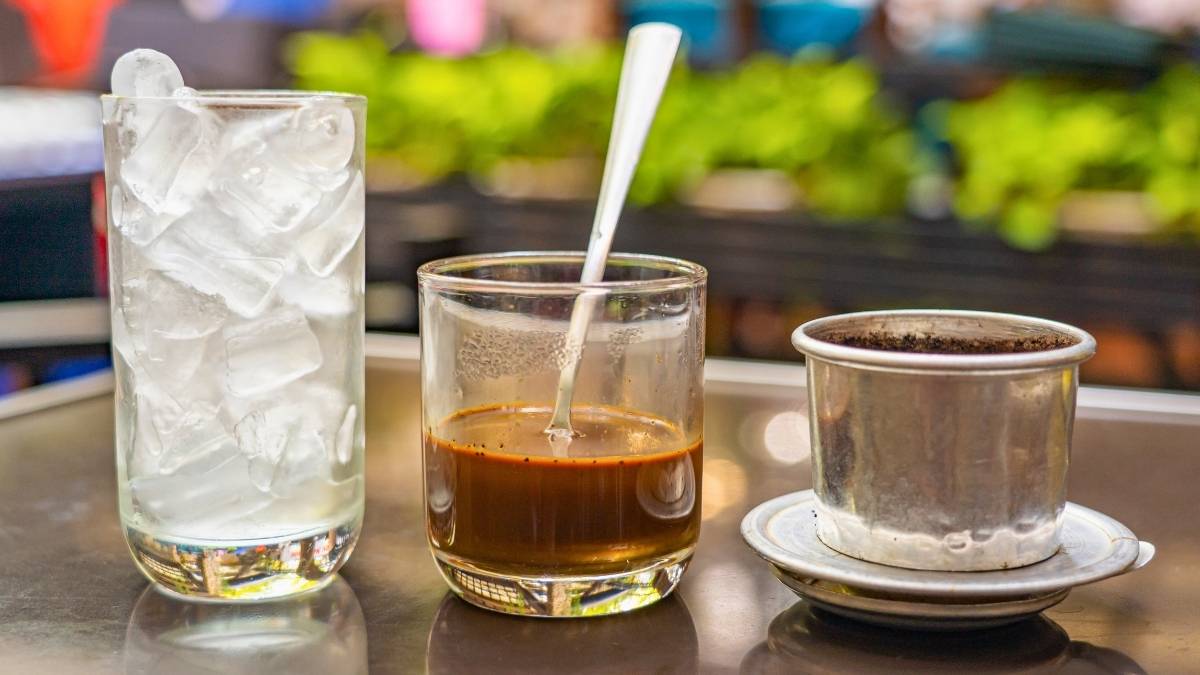
Vietnamese coffee preparation is inherently meditative. Unlike the rush of grabbing coffee on-the-go, Vietnamese coffee culture encourages sitting, waiting, and engaging in conversation while your coffee slowly drips. This patience isn’t just cultural—it’s essential for proper extraction and flavor development.
The addition of sweetened condensed milk wasn’t just a taste preference; it was a practical adaptation when fresh milk wasn’t widely available in tropical climates. This combination of strong robusta coffee with sweet condensed milk created a perfect balance that’s been copied worldwide but rarely equaled.
Regional variations add another layer of authenticity. Northern Vietnamese coffee tends to be stronger and less sweet, reflecting the more austere cultural preferences of Hanoi. Southern Vietnamese coffee, particularly in Ho Chi Minh City, often incorporates more sweetness and creative variations like egg coffee or coconut coffee.
Is Vietnamese coffee sustainable?
Vietnamese coffee production offers several environmental advantages that make it surprisingly sustainable compared to coffee from other regions.
Robusta’s natural resilience means Vietnamese coffee requires significantly fewer pesticides and fertilizers than arabica cultivation. The species’ natural resistance to coffee leaf rust, coffee berry borer, and other common pests reduces the need for chemical interventions. Many Vietnamese coffee farms operate with minimal chemical inputs, creating coffee that’s naturally closer to organic standards.
Water usage is another significant advantage. Robusta requires about 30% less water than arabica during cultivation, and Vietnamese processing methods often use water-efficient wet processing techniques that minimize waste. Some innovative Vietnamese processors have implemented closed-loop water systems that recycle processing water multiple times before disposal.
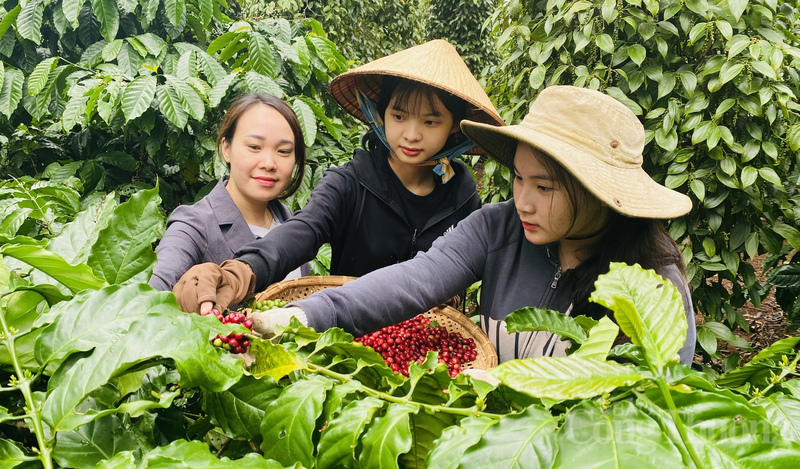
Vietnamese coffee farming often incorporates agroforestry practices, growing coffee under native shade trees. This approach preserves biodiversity, prevents soil erosion, and creates carbon sequestration opportunities. The integration of fruit trees like jackfruit, avocado, and citrus provides additional income for farmers while maintaining forest canopy.
Climate change resilience is perhaps Vietnamese coffee’s greatest environmental advantage. While arabica-growing regions face increasing temperature stress, Vietnamese robusta can adapt to slightly warmer conditions and more variable rainfall patterns. This adaptability means Vietnamese coffee production is likely to remain stable even as climate change affects other coffee-producing regions.
Recent initiatives have focused on carbon-neutral coffee production. Several Vietnamese coffee cooperatives are implementing renewable energy systems, composting programs, and carbon offset initiatives that make their coffee carbon-negative throughout the supply chain.
The future of Vietnamese coffee: What’s next?
Vietnamese coffee is experiencing a renaissance that’s reshaping global coffee markets. The emergence of specialty Vietnamese coffee roasters, both domestically and internationally, is elevating Vietnam’s coffee reputation from commodity producer to origin of choice for discerning coffee lovers.
Innovation in processing methods continues to push boundaries. Experimental fermentation techniques, including anaerobic processing and extended cherry drying, are creating Vietnamese coffees with unprecedented flavor complexity. These innovations combine traditional Vietnamese coffee knowledge with modern processing science.

The specialty coffee movement within Vietnam itself is growing rapidly. Vietnamese millennials and Gen Z consumers are discovering high-quality local coffee, supporting domestic coffee shops and roasters. This internal demand for quality is driving improvements throughout the supply chain.
International recognition continues to grow. Major coffee competitions now regularly feature Vietnamese entries, and coffee buyers worldwide are actively seeking Vietnamese single origins. This attention brings premium prices back to Vietnamese farmers, creating incentives for continued quality improvement.
Read more: Top 5 Vietnamese Roasted Coffee Brands
Technology adoption is accelerating quality improvements. Vietnamese coffee farms are implementing precision agriculture techniques, using drones for crop monitoring, and adopting blockchain technology for supply chain transparency. These technological advances are helping Vietnamese coffee compete with any origin worldwide.
